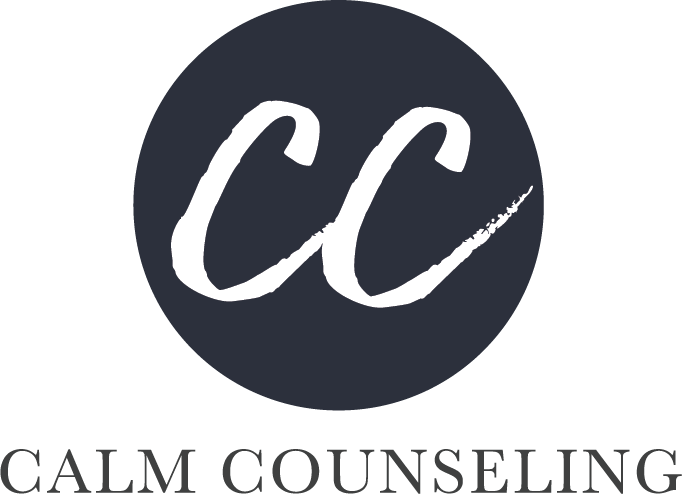Disordered Eating: Attachment, Intuition & Cultural Influence
Food behaviors are deeply connected to self-worth
Dr. Vanessa Scaringi and Kathryn Garland talk about the complexities of disordered eating and body image, especially in light of cultural pressures and the effects of the COVID-19 pandemic. They explore the differences between disordered eating and eating disorders, and also discuss how medications like GLP-1 affect eating habits. The conversation touches on how society promotes unhealthy body standards and behaviors, and how our emotional relationship with food is often overlooked. Highlighting the role of attachment styles in shaping eating patterns, they stress the importance of intuitive eating—especially when parenting. Follow along as they offer practical tips for developing a healthier relationship with food and explore therapeutic methods that support recovery.
“There is this chaotic experience of food in our culture…sometimes we’re turning to food to cope and then other times we’re saying, ‘no, that’s bad’… It puts us in a disorganized state of constantly cycling through what are my needs and how do I get them met?”
– Kathryn Garland
Time Stamps for Disordered Eating: Attachment, Intuition & Cultural Influence (268)
06:01 The impact of COVID-19 on eating behaviors
10:13 The role of GLP-1 medications in eating behaviors
14:05 Body image messages and cultural pressures
33:53 Understanding disordered eating vs. normal eating
36:02 Intuitive eating and parenting strategies
45:59 Practical steps for intuitive eating
53:58 Therapeutic approaches to eating disorders
Resources for Disordered Eating: Attachment, Intuition & Cultural Influence (268)
Academy of Therapy Wisdom – “Hungry for Security: Healing Disordered Eating Through an Attachment Lens” – Vanessa and Kathryn’s new course Calm Counseling – Vanessa and Kathryn’s website, resources & information


